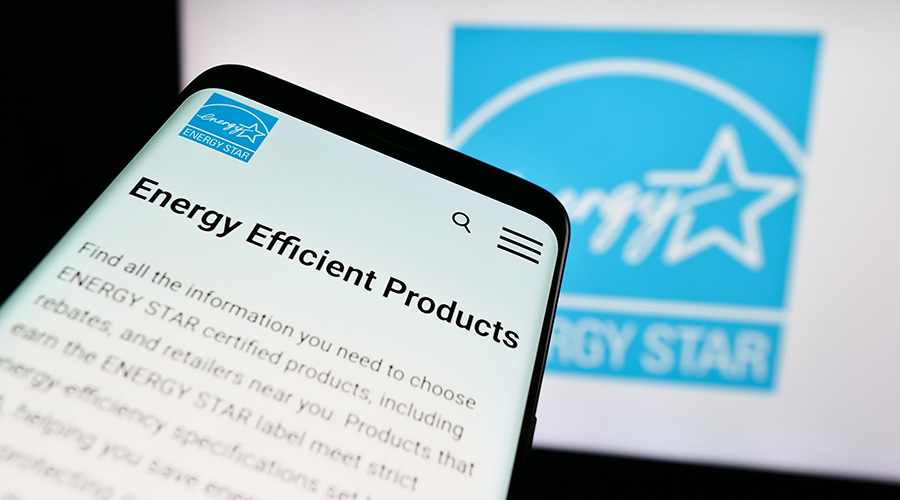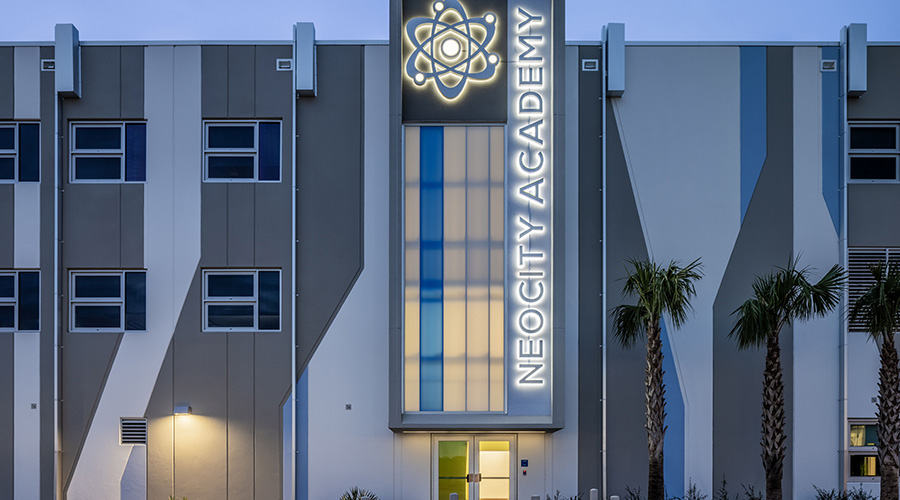LEED-EB Requires Energy Efficiency Measures
Sustainability should be a no-brainer for facility executives. After all, sustainability is the basis of what those who manage buildings do every day: running buildings efficiently and keeping operating costs as low as possible.
But to demonstrate a building’s sustainability, there are several areas on which to focus. The U.S. Green Building Council’s (USGBC) Leadership in Energy & Environmental Design for Existing Buildings (LEED-EB) rating system provides a good baseline for measuring sustainability, regardless of whether certification is the goal.
When developing a holistic sustainability plan, facility executives should consider strategies in five areas: energy, water, materials and purchasing, waste, and indoor environmental quality. Looking at each of these areas can help determine a baseline, and benchmarking current performance in each area is crucial to determining both a starting point and a finish line.
1. How energy-efficient is the building?
With rising energy costs and the threat of climate change increasing, energy use in buildings has both financial and environmental consequences. So it’s critical for facility executives to determine both if buildings are operating as efficiently as they can and how they compare to other similar buildings. EPA’s Energy Star for Buildings program is one tool that can help. Entering energy consumption data and basic parameters about a facility into the free online Portfolio Manager tool will allow facility executives to track energy performance. This makes it possible to identify underperforming buildings, verify efficiency improvements, receive EPA recognition for superior energy performance, and document performance for LEED-EB certification.
Portfolio Manager can be used for all commercial buildings to help track and benchmark energy consumption. If a commercial building meets certain criteria, it is eligible to be benchmarked using the national energy performance rating system. This benchmark system will assign a score on a scale of 1 to 100. A building with a score of 65 performs better than 65 percent of similar buildings nationwide.
If the score is below 50, the building has many opportunities to improve efficiency and raise its score. Although major changes to operating procedures and equipment upgrades will probably be necessary to score 75, the immediate goal is to improve energy efficiency, and a low score indicates that there are probably many opportunities to do that, including low-cost and no-cost measures.
If the score is a 75 or above, the facility is eligible to apply for the Energy Star label for buildings. However, this application requires a Professional Engineer to validate calculations and building operating characteristics such as thermal comfort, illumination, outside air ventilation and control of indoor air pollutants.
There are also energy reduction tools in Portfolio Manager. The Set Energy Performance Target tab calculates the reduction in energy use needed to get a desired Energy Star score. Users can also input a percentage of energy reduction and calculate a new rating. This tool can help during an energy audit, to estimate the Energy Star rating after upgrades.
One caveat: To use Portfolio Manager, the building needs its own meter. This can be difficult for some campus facilities tied to a central plant. It is also important to have submeters in energy-intensive areas, such as data centers, to monitor unusual activity.
Related Topics:















